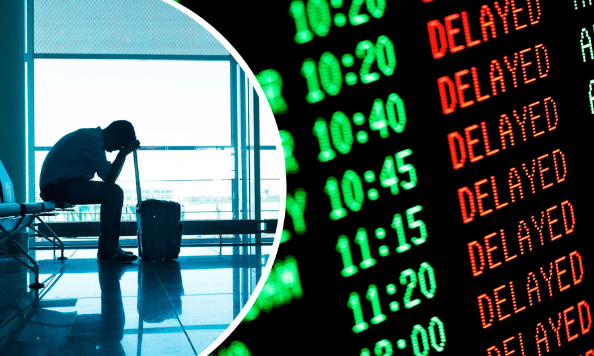In the fast-paced world of aviation, disruptions to airline operations can have far-reaching consequences that extend beyond the immediate inconvenience to passengers and crew. From technical glitches to unexpected events, the cost of disruption can be substantial.
Director General of IATA, Willie Walsh, recently stated “Airlines will share $9.8 billion in net profit this year. Put another way, airlines will make, on average, $2.25 per passenger. So, the average value retained by airlines for the average plane trip won't even buy a subway ticket in NYC". This article will delve into the multifaceted impacts of disruptions on airline operations and explore strategies to mitigate their effects.
Understanding the Ripple Effect: The Multi-dimensional Impact
- Financial Implications: The most evident and immediate cost of disruptions is financial. Delays and cancellations lead to rebooking costs, compensation to passengers, lost revenue from unsold seats, and increased operational expenses due to extended crew duty hours and standby staff. Moreover, airlines may incur expenses for accommodating stranded passengers, including meals and accommodation.
- Reputation and Customer Loyalty: Disruptions tarnish an airline's reputation and erode customer loyalty. Dissatisfied passengers are more likely to share their negative experiences on social media, impacting the airline's image and future bookings. Rebuilding trust can be a long and arduous process.
- Operational Efficiency: Disruptions disrupt an airline's meticulously planned schedules, leading to inefficiencies in crew allocation, aircraft utilisation, and maintenance. These inefficiencies can reverberate through the entire network, affecting subsequent flights and causing a cascading effect on operations.
- Regulatory Compliance: Airlines must adhere to strict regulations and guidelines, including crew rest periods, maximum duty hours and overflight notices. Disruptions can challenge these regulations, potentially leading to regulatory penalties.
- Safety Concerns: Rushed turnarounds and last-minute changes due to disruptions might compromise safety protocols. Ensuring the safety of passengers and crew remains paramount, regardless of operational challenges.

Navigating the Challenges: Strategies for Mitigation
- Advanced Data Analytics: Utilising predictive analytics and machine learning can aid in identifying potential disruptions before they occur. By analysing historical data, and external factors, airlines can proactively adjust schedules and resources.
- Crisis Management Planning: Developing comprehensive crisis management plans can help airlines respond swiftly and effectively when disruptions happen. Clear protocols, communication strategies, and designated decision-makers are essential components.
- Technology Partnerships: Airlines can leverage cutting-edge technology, such as real-time monitoring systems and automated rebooking tools, to streamline operations during disruptions. Collaborating with technology partners can enhance the resilience of airline operations.
- Enhanced Passenger Communication: Keeping passengers informed in real-time about delays, cancellations, and alternative arrangements can minimise frustration and enhance the overall customer experience.
- Crew Training and Support: Well-trained and informed crews are better equipped to handle disruptions while ensuring passenger comfort and safety. Crew members should have access to updated information and guidelines.
Conclusion
Disruptions to airline operations are a challenging reality that can significantly impact an airline's bottom line, reputation, and operational efficiency. Recognising the multi-dimensional nature of these costs is crucial for devising effective strategies to mitigate their effects. By embracing advanced data analytics, crisis management planning, technology partnerships, and improved communication, airlines can navigate disruptions more effectively, minimising their impact on both their operations and their valued passengers.








